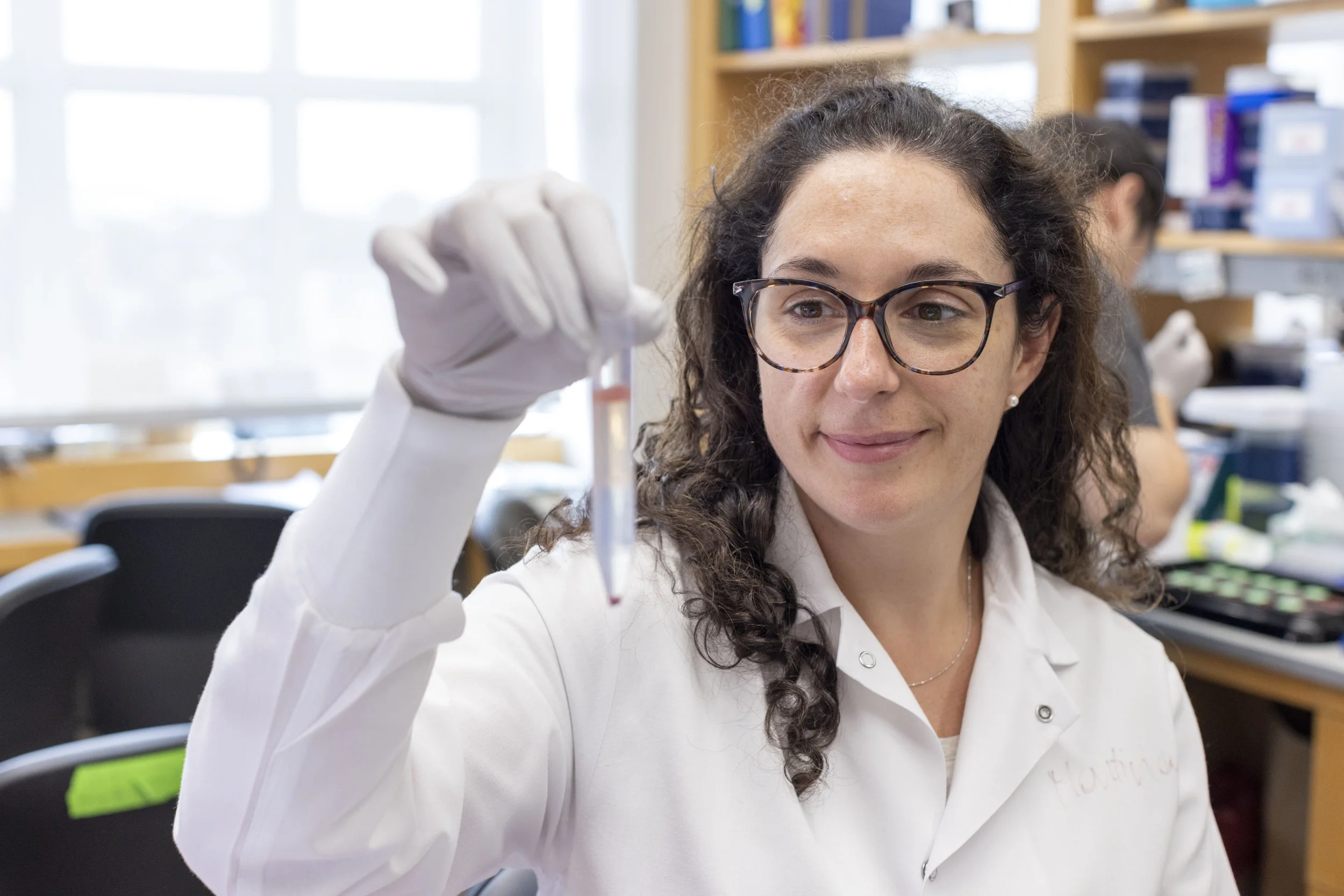Team Tolerance
Investigating mechanisms and maintenance of T cell tolerance
Isolating lymphocytes from the liver
Models of tolerance
Once self-reactive CD8 and CD4 T cells exit into the periphery, they pose a danger of causing autoimmune disease if they become pathologic. In most people, this does not occur due to mechanisms of peripheral tolerance. These mechanisms are poorly understood, in part because there were not models for studying them in the context of endogenous self-antigen-specific T cell populations.
We developed the NINJA mouse to create neoantigens in a highly spatially and temporally restricted manner (Damo 2021). The key aspect of this regulation is that antigens are not expressed in the NINJA-mouse thymus thus allowing us to ask what happens when T cells first encounter their cognate antigen in the periphery. Moreover, NINJA is a modular system, which allows us to control when and where the neoantigen is expressed. The where is controlled by breeding mice to cre recombinase under the control of a tissue specific promoter. When is controlled by the administration of doxycycline and tamoxifen, which induces a recombination required for neoantigen expression.
Investigating tolerance Mechanisms in different tissues
Using NINJA tolerance models, we have investigated the mechanisms of peripheral tolerance in several tissues, including the skin, liver, colon, and pancreas. Surprisingly, the mechanisms used by each tissue appear distinct. Our published work focused on tolerance in the skin (Damo 2023), but this contrasts with what happens when T cells see their antigens in other tissues. Ongoing work focuses on how T cells are regulated in different tissues and whether tolerance in different tissues impacts T cell function in the context of viral infection and cancer.
Neoantigen induction in epithelial cells in the colon

